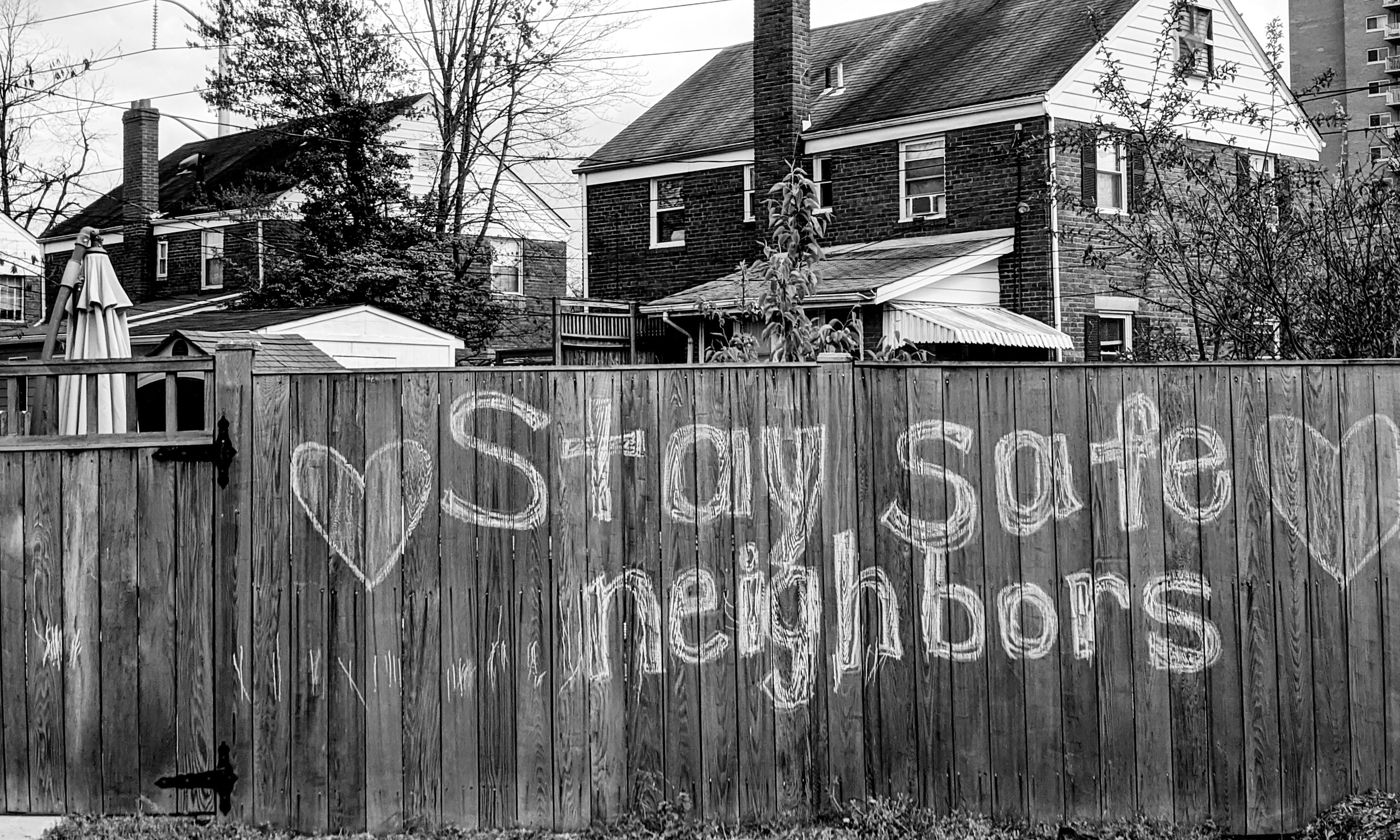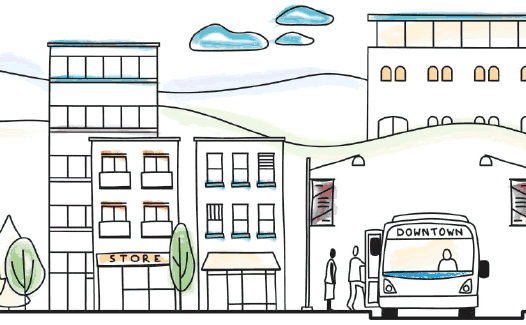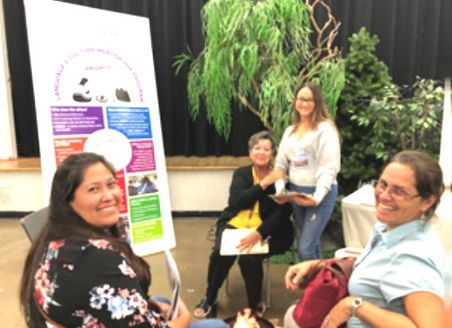The Intersectoral Fund
The Intersectoral Action Fund (ISAF) is a grants program by the Public Health Agency of Canada (PHAC), designed to bolster community capacity for intersectoral action on social determinants of health. The ISAF funds organizations addressing the societal, economic, legal, and political structures and norms that impact individuals and their behaviours. The program aims to enhance population health, reduce health inequities, and strengthen community resilience.
The 2022-23 ISAF funding cohort contained 13 projects. Each ISAF-funded project engaged diverse stakeholders – including community organizations, government agencies, local businesses, and individuals with lived experience – to collaboratively develop a common agenda and an action plan to address a pressing public health issue. This approach enabled the implementation of solutions for a range of complex health priorities while fostering long-term systemic change.
The Collective Impact (CI) Framework – a proven framework for multi-sector collaboration – served as the foundational model for 2022-23 ISAF funded projects. Each project required coordination across various sectors to tackle complex health challenges affecting health equity and well-being. The CI Framework’s five conditions – a common agenda, shared measurement, mutually reinforcing activities, continuous communication, and backbone infrastructure – facilitated the conditions for community action and implementation of meaningful intersectoral action.
Implementing innovative solutions demands creativity and courage. We commend funded projects for sharing their valuable experiences and insights for the benefit of all communities.
introduction
Across Canada, communities are facing complex and interconnected social, economic, and health-related challenges – many of which disproportionately affect marginalized populations. These issues are deeply rooted in systemic inequities embedded within our societal structures.
The Public Health Agency of Canada’s Intersectoral Action Fund (ISAF) is helping to address these challenges by investing in innovative, cross-sectoral projects designed to break down barriers and drive systemic change.
In 2022-23, the Intersectoral Action Fund engaged the Tamarack Institute to provide capacity-building support for ISAF’s 13 funded projects. As part of this project, Tamarack worked with interested project leaders to co-develop case studies highlighting the work that they had done. Five organizations funded in 2022-23 agreed to participate: the City of Delta, the City of Greater Sudbury, the London InterCommunity Health Centre, the Early Childhood Development Initiative, and Altered Minds Inc.
The five profiled projects were extremely varied and represented a rich diversity of issues, geographies and scales (see below).
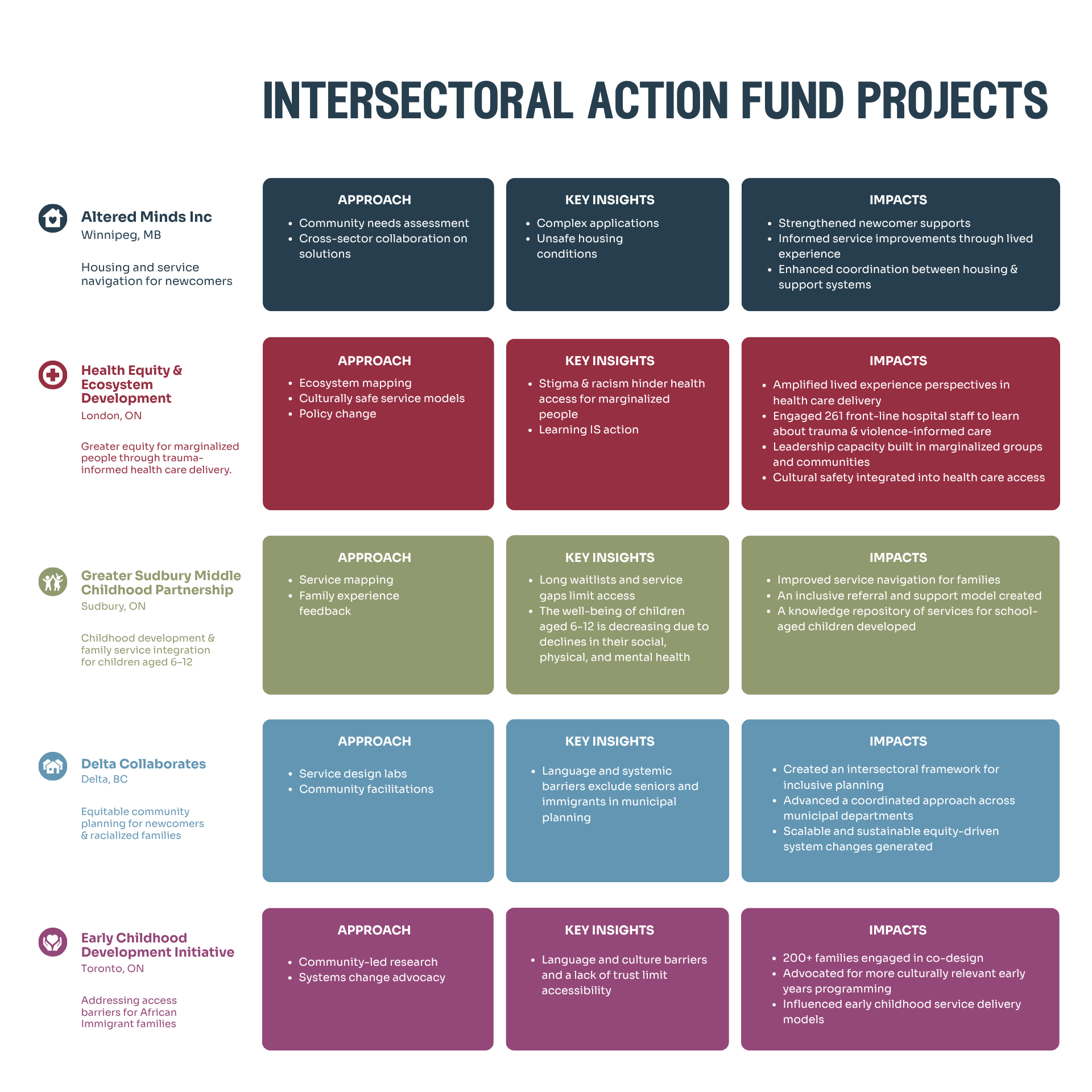
This synthesis case study profiles overarching lessons, insights, and common patterns gleaned by Tamarack during the process of co-developing the five case studies. By sharing their collective wisdom and highlighting common themes, this synthesis case study aims to inspire and inform others who are working to advance equity and build the resilience of communities across the country.
Insights and Patterns in the ISAF-Funded Initiatives
Despite the variety reflected in the focus and scale of these five ISAF-funded projects, there are seven patterns that have emerged in how these projects were implemented. Together, these patterns offer important learnings for future efforts to advance equity, improve population health, and positively impact social determinants of health.
Pattern #1 | Weaving New Voices into the Fabric of Community
Each ISAF-funded project intentionally wove equity into the structures of existing organizations and communities. Imagine a vibrant tapestry where each thread represents a group, organization, or sector working toward a shared goal: equity. Yet often, the most essential threads – the voices of those most impacted by systemic barriers – are missing.
These projects filled those gaps by centring lived experience, engaging deeply with marginalized communities, and co-creating new, more responsive solutions. From Winnipeg, Manitoba to Delta, British Columbia, ISAF initiatives transformed systems from within: embedding equity not as an add-on, but as the foundation of their work.
Pattern #2 | Change Begins with Relationships and Collaborative Learning
A consistent theme across projects was the importance of building and nurturing trust and relationships between diverse sectors and partners, including those with lived and living experience. Each initiative created intentional spaces for honest dialogue, shared learning, and collaborative exploration. This not only deepened understanding of the issue at hand but also catalyzed shared action. Trust became the bedrock for advancing bold solutions, aligning diverse stakeholders, and sustaining momentum for systems change.
Pattern #3 | The Wisdom of Lived and Living Experience is Essential
All projects recognized that meaningful change starts by centring the wisdom of those most affected by systemic inequities. When communities are fully engaged – not just consulted – solutions become more relevant, effective, and grounded in reality. This shift in power dynamics surfaced overlooked insights, challenged conventional assumptions, and led to strategies that truly reflected the needs and aspirations of the communities being served.
Pattern #4 | Effective Solutions Are Contextual and Community-Driven
Each ISAF project focused on addressing barriers that hinder equitable access to services including language difficulties, financial constraints, and a lack of culturally competent support. Each project addressed their identified barriers by designing tailored, place-based responses. These interventions drew on the insights of people with lived experience, the strengths of community partners, and the specific conditions of each context.
While solutions were localized, the coherence in approach across projects – community-led, equity-focused, relationship-driven – highlights a transferable model that can be adapted to other settings, making these innovations both impactful and scalable.
Pattern #5 | Advancing Equity Requires Addressing Systemic Barriers
Another consistent pattern across all ISAF-funded projects is the focus on developing, and testing new, innovative approaches that are more ambitious than simply making modest improvements to current practice. Rather than settling for incremental change, ISAF projects focused on bold, systemic interventions that disrupted entrenched practices, removed structural barriers, and mobilized existing resources in new ways. This commitment to addressing root causes – not just surface-level improvements – enabled projects to embed equity into organizational and community systems, laying the groundwork for lasting impact.
The funding and design of the ISAF program enabled each project to launch tangible experiments that removed obstacles and embedded equity deeply into community operations, mobilized and redirected existing resources, and generated results and impacts that will endure.
Pattern #6 | Cross-Sector Collaboration Sparks Innovation
Collaboration across sectors and silos was a hallmark of every project. By bringing together diverse partners in health, education, community, justice, and housing, projects gained a more holistic view of the issues and generated solutions no single organization could have developed alone. Collaboration among diverse sectors and perspectives lead to more comprehensive approaches to addressing systemic challenges.
The ISAF program’s emphasis on inclusive, cross-sector engagement led to creative partnerships, strengthened capacity, and co-designed innovations that responded to complex challenges with nuance and depth.
Pattern #7 | ISAF Funding Is a Catalyst for Prototyping Innovative Solutions
Relationships and collaboration between partners often pre-existed before the start of their ISAF-funded projects, however the opportunity and funding provided by ISAF was mentioned by some as a catalyst for shared action. It created the impetus to move shared thinking forward and sharpen partners’ focus on prototyping new solutions to address systemic barriers that prevent equitable access to social determinants of health. The resulting projects, when viewed together, offer inspiring ideas which should be shared broadly to inspire other groups and communities to implement these solutions and inform the development of similar solutions to adjacent issues.
Lessons Learned: Wisdom for Future Systems Change Efforts
-
Invest in Locally Driven Solutions to Advance Systems Change: Focusing on local solutions grounds complex issues like health equity at a scale that feels tangible and actionable. When solutions are co-developed with communities and when they center the voices of those with lived and living experience, they are often more inclusive, innovative, draw on diverse resources, and are better able to embed change within existing systems. This increases the likelihood that results will be sustained beyond a single grant and serve as a catalyst for broader systems change.
-
Cross-Sector Collaboration is Essential: The root causes of health inequities, systemic racism, and barriers to access are too complex and interconnected for any one sector to solve alone. Breaking down silos and building cross-sector partnerships makes it easier to identify opportunities for action and amplifies the impact of collective efforts.
-
Adaptability is a Strength: Successful projects prioritize learning and responsiveness over rigid implementation. They embrace flexibility, using real-time feedback to adjust their strategies in ways that stay aligned with community needs. This adaptive approach enables projects to remain relevant and resilient in the face of evolving challenges—and offers valuable insights for others.
-
Building Trust Is Non-Negotiable: Effective collaboration depends on strong relationships and mutual trust. Systems change is about people, and trust is the currency that enables progress. Investing in relationships is not optional; it is essential for achieving lasting, meaningful change.
Conclusion
The ISAF program offers a valuable opportunity to catalyze innovative projects that validate a new paradigm for how to advance equitable change in communities and systems. This paradigm begins by fostering cross-sector collaboration that centres the wisdom and knowledge of those with first-hand experience of the issue(s) we want to address. Next, the wisdom and leadership of people at the centre of issues are integrated into the development and prototyping of novel approaches, policies, and practices within existing organizations and systems.
This cross-sectoral approach requires those involved to invest the time to learn together, challenge assumptions, and better understand their shared issues as part of the work of generating new solutions. It reminds us that at the heart of every system, there are people, and when those people are empowered, heard, and supported to work together, real change is not just possible – it is inevitable. The journey of these projects is not just a story of challenges overcome but also a testament to the power of multi-sectoral, community-led action and its capacity to reimagine what equity can look like across the intersections of the field of public health.






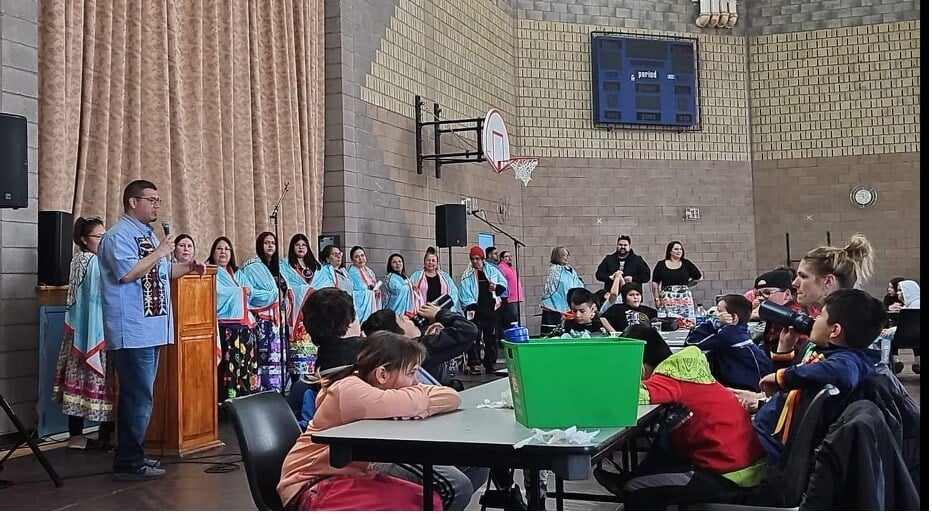

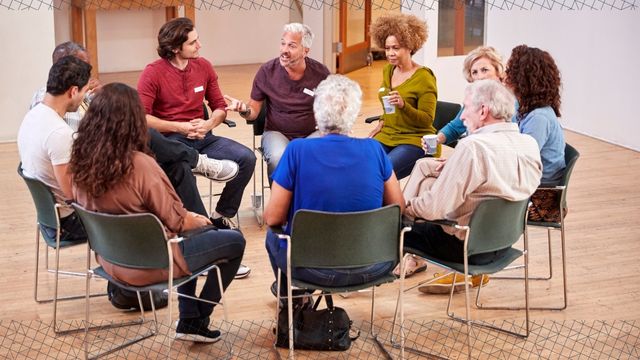


%20(1).jpg)
